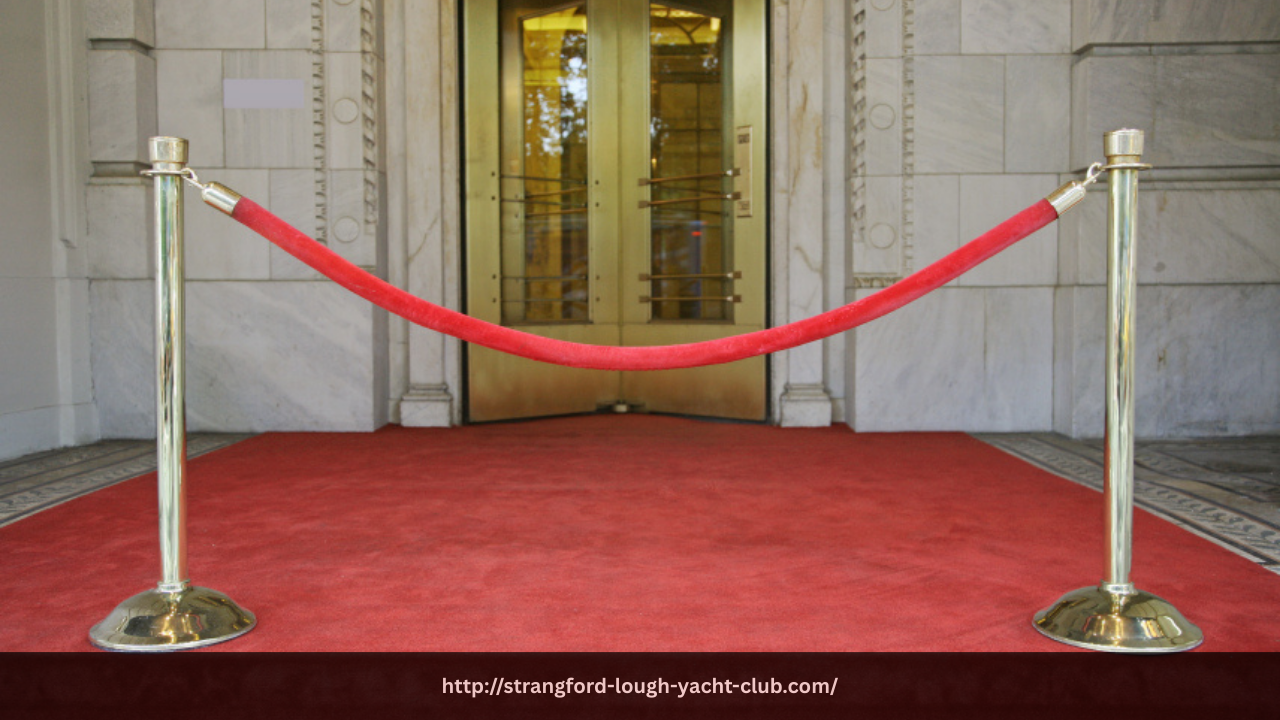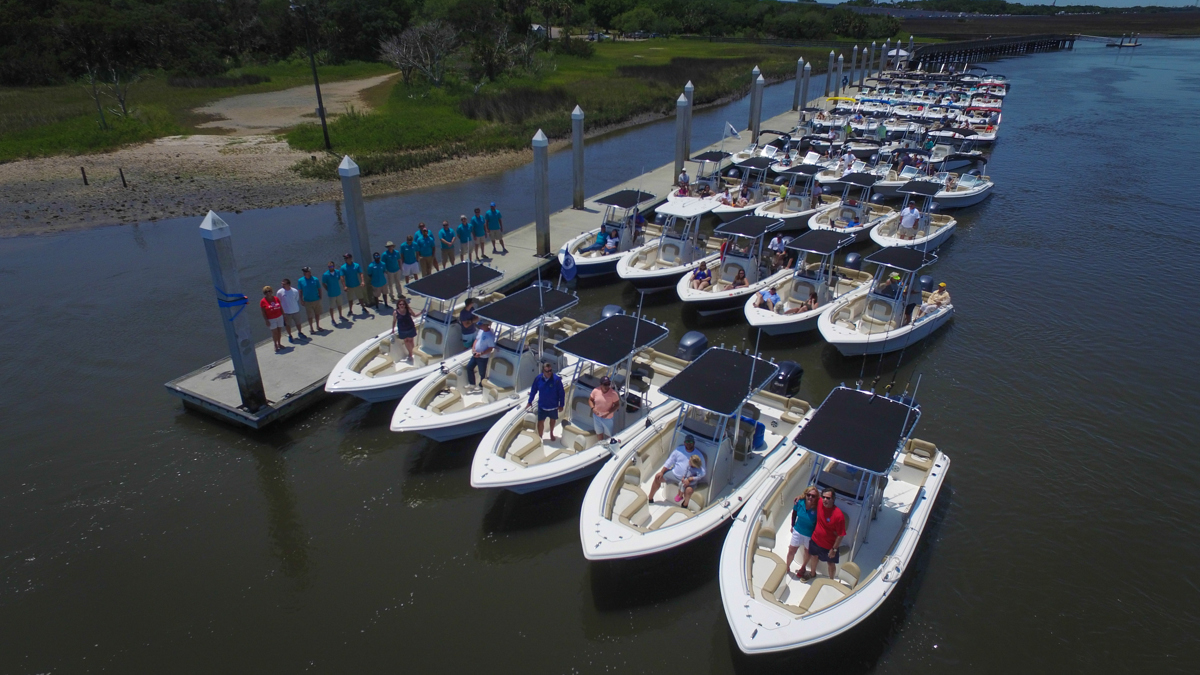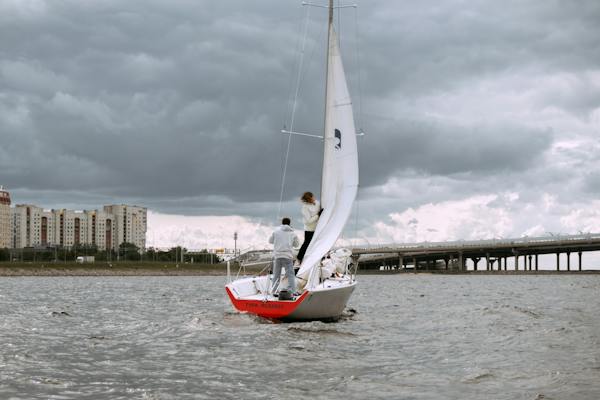Prestigious country clubs and exclusive social circles have long been associated with refined lifestyles—think polished golf courses, sparkling gin cocktails, and high-stakes poker nights in opulent lounges. But beneath this elegant surface lies a growing concern that often goes unnoticed: addiction. From alcohol and gambling to prescription drugs, addiction is quietly taking hold in these elite environments, shielded by wealth and social status.
The Normalization of Excess
For many members of prestigious clubs, indulgence is the norm. Afternoon golf games are followed by drinks at the clubhouse bar, and celebrations often involve toasts with expensive spirits. The culture encourages participation—ordering a round of cocktails or placing bets on a friendly golf match is more than accepted; it’s expected. But over time, these patterns of behavior can slide from leisure into dependency.
Alcohol, in particular, is a staple of club life. Gin and tonics flow as freely as conversations, and the pressure to join in can be significant. Declining a drink might raise eyebrows or lead to questions, making it harder for those with growing concerns about their consumption to set boundaries or abstain.
The Hidden Danger of Gambling
While golf is the centerpiece of many prestigious clubs, it’s often paired with informal betting—wagers on games, side bets, or even participation in private poker nights. For some, these activities are just harmless fun. But for others, the rush of risking money becomes addictive.
Unlike casinos, where gambling addiction is more readily acknowledged and regulated, the gambling that occurs in private clubs is rarely discussed. There are no warning signs posted, no staff trained to identify problematic behavior, and no resources offered for those who may be struggling. This silence allows gambling problems to develop in the shadows, often only surfacing after significant financial or emotional damage has occurred.
Prescription Drugs in High-Pressure Lives
Many members of these clubs are high achievers—business leaders, executives, entrepreneurs—who carry immense professional responsibilities. To maintain their edge, some turn to prescription stimulants like Adderall, or use anti-anxiety medications and sleeping pills to manage stress. The accessibility of private physicians and the ability to obtain prescriptions discreetly can make it easy to develop a dependency without raising alarms.
Why It’s Harder to See
Addiction in prestigious clubs doesn’t always look like the stereotypes we’re used to. It’s often masked by success, wealth, and well-curated appearances. High-functioning individuals can maintain their careers, social lives, and family obligations while quietly battling addiction. Their resources allow them to keep up appearances far longer, making it harder for friends or family to recognize the signs.
Creating Space for Solutions
To address addiction in prestigious clubs, the first step is acknowledgment. Club leadership and members need to foster a culture where it’s safe to speak about substance use and gambling concerns. Confidential support systems, access to private counseling, and awareness initiatives can make a powerful difference.
Ultimately, addiction doesn’t discriminate—it simply adapts to its environment. In the polished halls of elite clubs, it wears a different face but causes the same pain. By unveiling the problem, these institutions have the opportunity to become part of the solution.








